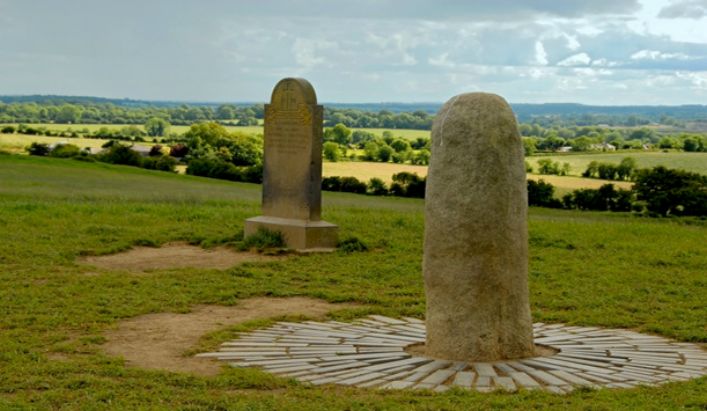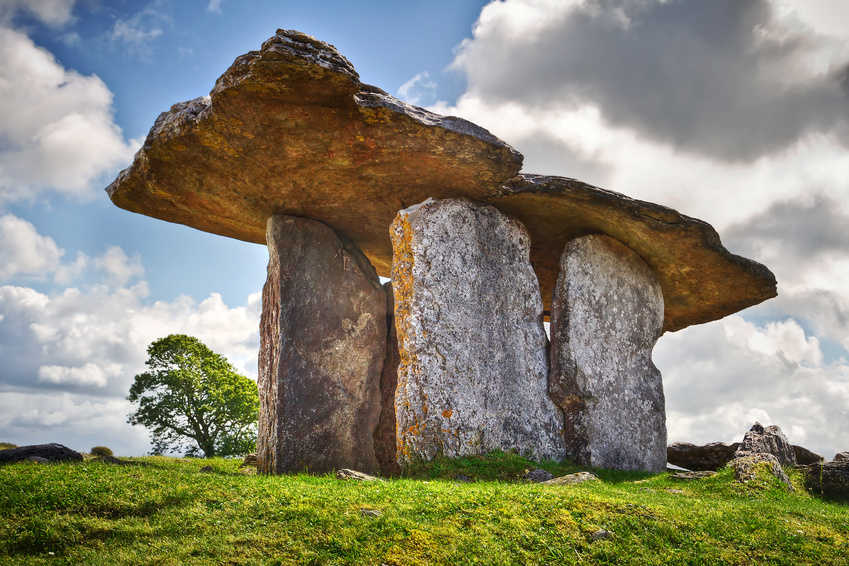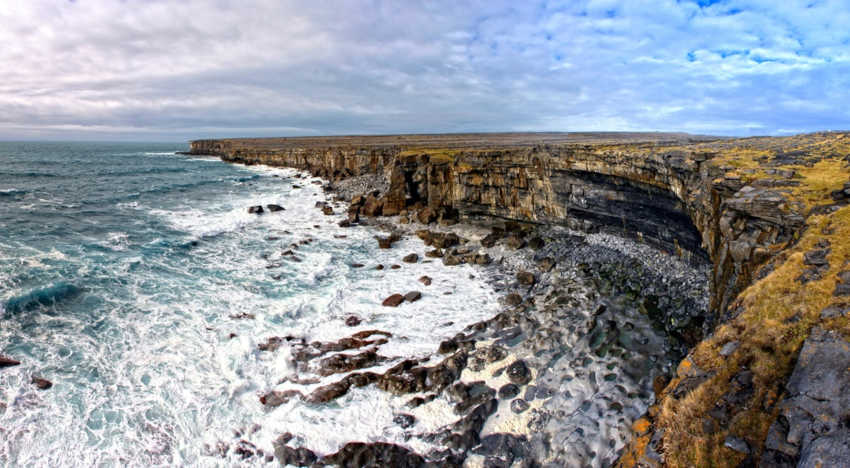Blog Categories
Blog CategoriesSummer Solstice - A Spiritual Special Time in Ireland
 |
| Newgrange, County Meath |
June's summer solstice has been a special spiritual time in Ireland for centuries. Celtic and Irish tradition is very much alive as every year hundreds of people still gather at sacred spots to mark the longest day of the year.
Through the light of the sun, the summer solstice was seen as a time to banish all evil spirits. Traditionally the people of Ireland would take time to pray for a great harvest as this was halfway through the crop growing season.
There are over 40,000 Neolithic and Megalithic sites in Ireland, from standing stones to tombs. It's magical to visit them around the longest day of the year, which falls around 21st June when the sun is at its highest point in the sky.
Newgrange, County Meath is probably one of the best known sites in Ireland and this passage tomb is famous around the world, with a history spanning over 5,000 years.
The lesser known Dowth, also in County Meath, has, in recent times, been getting headlines with more and more findings there, including the remains of a large passage tomb, which is more than 5,000 years old, found under Dowth Hall. Also part of the Brú na Bóinne UNESCO World Heritage Site, along with Newgrange and Knowth, Dowth features Neolithic monuments built over a period of 4,000-6,000 years ago by Ireland’s first farming communities.
 |
| Hill of Tara, County Meath |
For either the winter or summer solstice, the Hill of Tara in County Meath beside the River Boyne is also worth visiting, as people have been marking the solstice at this historic site for thousands of years.
In County Sligo, Carrowkeel and Carrowmore are located in an area near Lough Arrow, on a hill outside the village of Castlebaldwin. Here, the cairns are said to date back to 3000 – 2000 BC and there's an exceptional historical area here spanning more than 5km including over 60 dolmens, passage tombs and standing stones - a stunning solstice spot!
 |
| Poulnabrone Dolmen in County Clare |
One of the most photographed sites in the Burren, Poulnabrone Dolmen in County Clare dates back over 5000 years. This unusually large dolmen or portal tomb is really evocative to visit during the winter or summer solstice, as it sits in one of the most desolate rocky areas in the country.
 |
| Aran Islands, County Galway |
Nearby on the Aran Islands, Dun Aonghasa is a bronze age circular fort. Thought to have been cut in half by erosion, it's one of the most spectacular sites in Ireland and the world to see the summer solstice with the power of the wild Atlantic thundering below.
